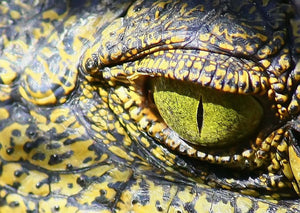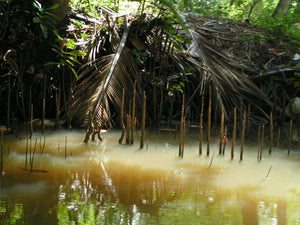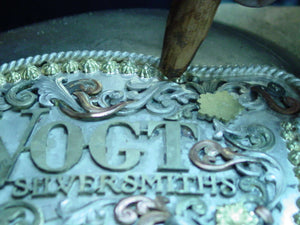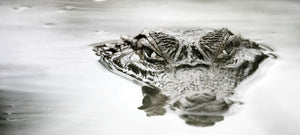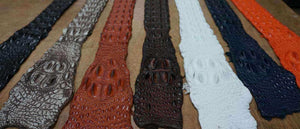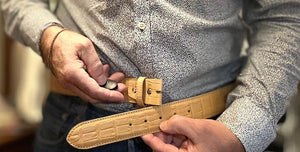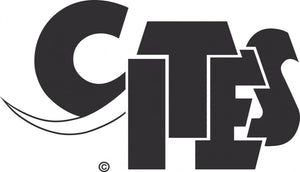Blog
Bredal's Ostrich Leg Suede leather belts - what is the difference between suede and nubuck leather?
What is the difference between a suede and a nubuck leather belt?
Read more
What sets BREDAL Wild apart from several of the major well-known design firms in men's exotic fashion?
Bredal has worked withexotic leather for 16 years as a designer and manufacturer. Especially in belts and now also e...
Read more
When did leather belts replace suspenders?
When did people start using belts instead of suspenders?
The use of belts instead of sus...
Read more
Photos of animal species used for belts
i
Wild Alligator
Tegu Lizard
Ostrich
Yellow Anaconda
Stingray
Python
Freshwater Crocodile
Caiman Crocodile
B...
Read more
Short facts about the animal species
Alligator
(Alligator mississippiensis)There are only two species of alligator – the one mentioned above and the Chine...
Read more
Ordliste med faguttrykk for den som ønsker mer og dypere informasjon.
Clamps
BrassA yellowish alloy of copper and zinc, sometimes including small amounts of other metals, but usually 67 p...
Read more
The processes for making BREDAL alligator leather belts
The skins have already gone through many processes from the time of capture via the cooler room with the hunter with salting, to being picked up by truck to the tannery
Read more
Alligator or crocodile? The battle for world-class leather belts.
The rails from both are considered the most expensive available. The image below shows alligator's broad round jaw - caiman crocodile which actually belongs to the alligator genus also has this. Alligators have a bite force of 2 tons. The Crocodile has a sharper jaw design. The first two have hidden teeth, while the crocodile has poor dental alignment with many teeth outside and clearly visible.
Read more
Vedlikehold / behandling av skinn, skinnbelter og sneakers
Storage
A leather belt is a two-layer belt, a so-called lining (the inside) made of cow or calf. The outer side is an...
Read more
How should I measure a belt?
A belt you buy from me is measured as above - from the end without the buckle to the middle hole of five.Remember! You never measure with the buckle, because buckles have different length measurements.
If you already have a belt and want to tell me what size you want - you specify the cm measurement from the end (buckle side) to the hole you use the most.
Read more
CITES - Ethical trade in exotic leather products
Exotic leather products from special species such as alligator, caiman, crocodile, python, lizard, and shark. Applies to all reptiles. These and others require a CITES certificate to be legally imported to Norway. You must have an import license for legal import.
Read more
Product renewal or sustainability?
Product renewal or sustainability – what can we do to extend the lifespan of our used items?
There are many terms floating around these days – repurposing, reuse, renewal, and sustainability. They all seem to mean the same thing – ensuring that we take care of the things and products we already have.
Read more




